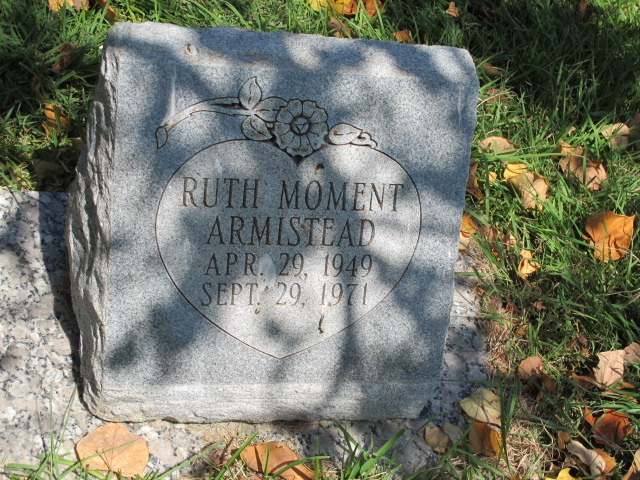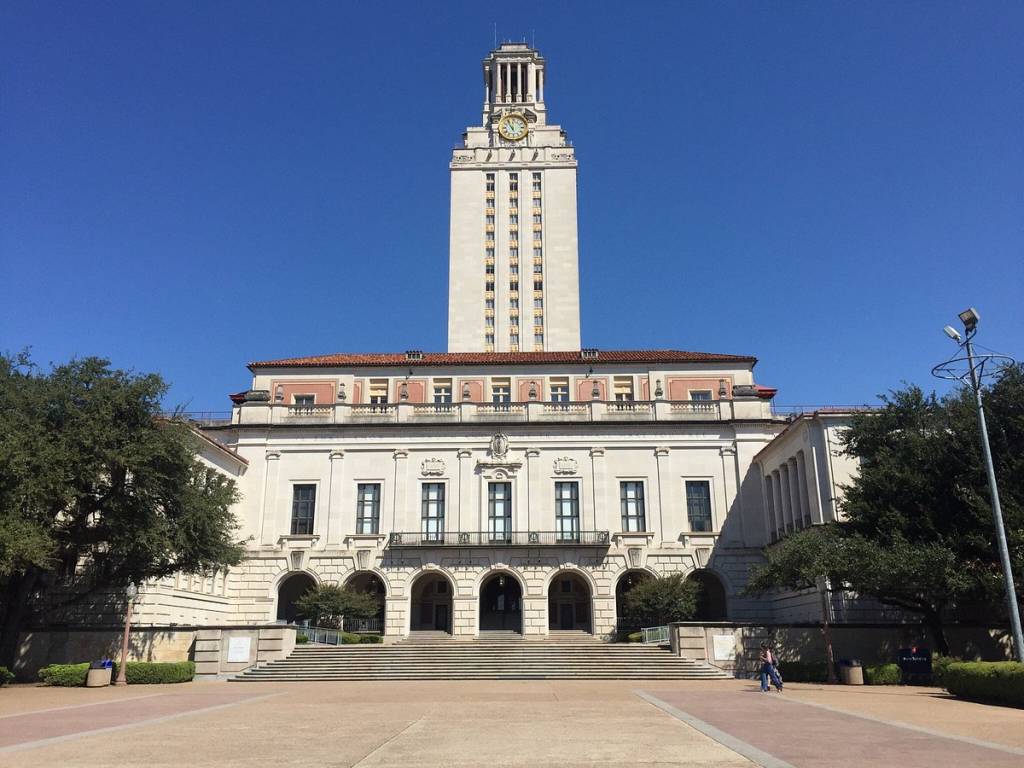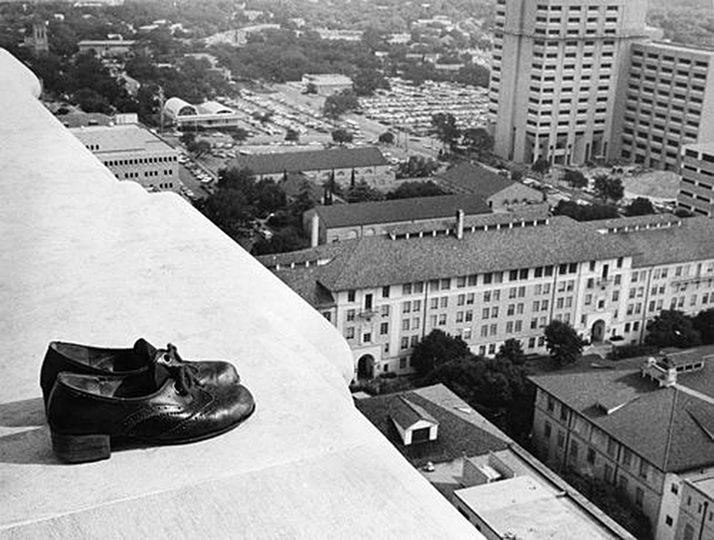After a month at the University of Texas, I felt rather shaky. Lost on that bustling and crowded campus, I was having doubts about my ability to function academically and socially; such freshman insecurities were far from unique, but I did not know it at the time. On the morning of September 29, 1971, I had attended a class in Burdine Hall and was walking back toward my dorm. As I passed the 27-storey Main Building, I noticed that something was happening on its east side, with students, UT and Austin police, and others in a big and growing knot. Only the next day when I opened the Daily Texan did I grasp the tragedy that had taken place. A 21-year-old woman named Ruth Moment Armistead had checked herself out of Austin State Hospital, walked 12 blocks south on Guadalupe Street, turned left at the West Mall, ridden an elevator to the top of the Tower, put her shoes on the ledge and jumped to her death. More than half a century has elapsed, and the story still haunts me. I will recount it here.
Born on April 29, 1949 in San Angelo, Moment (or “Momie” to those who knew her best) was the sixth of nine children in a loving, lower middle-class family. She had red hair and porcelain skin, and could be fairly described as pretty. Moment played in the high school band and had a weekend job. After her first year at UT, this sensitive girl who wanted to help the needy served as a VISTA volunteer in Chicago. She worked with homeless people and returned to Austin determined to pursue a career in social work.
A semester later, Moment was off on an even bigger adventure. She had been accepted in the Peruvian Exchange Program, sponsored by the UT Students Association. She would, in theory, be taking 12 hours of classes at a college in Peru. Maybe too idealistic for her own good, Moment wanted to contribute to healing the world’s ills, but she soon came to realize it would not be so easy. She and eight other UT students arrived in Lima in April 1970. They did not stay in the capital city long, being taken on a circuitous bus ride to a remote village. There, she saw nothing but chaos, poverty and naked kids running around. Furthermore, most of the people she was meant to help seemed indifferent.
Moment was sitting in a family’s mud hut when an earthquake occurred 15 miles off the coast of Peru. The Great Peruvian Earthquake, as it is called, registered 7.75 on the Richter scale and caused unimaginable scenes of destruction. Landslides with debris traveling as fast as 200 miles per hour contributed to the deaths of 70,000 people and left more than 800,000 homeless. Moment assisted at a Red Cross center as best she could.
The horror of the earthquake seemed to set off flashbacks to LSD trips she had taken in Austin; she was convinced that devils and demons were tormenting her. The Armistead family had a history of mental illness, and she was going off the deep end far from home. A fellow exchange student may have had good intentions in suggesting that she visit a shaman and drink ayahuasca, a psychoactive brew that Spanish missionaries had tried to stamp out in the 16th century. The friend thought it might soothe her and give a sense of peace and harmony. The result was quite the opposite. Moment tried it, and her emotional and psychological distress was only exacerbated.
Although she had grown fond of many of the villagers and had not completed the requirements of the student exchange program, Moment obviously had to get back to Texas. She was originally scheduled to be on LANSA Flight 502, leaving Cusco on August 9, 1970. It was full, however, and she had to wait three days for LANSA Flight 593. But as fate would have it, Flight 502 crashed shortly after takeoff, killing everyone on board except the co-pilot. This, naturally, threw Moment for another loop. She wept copiously and asked the unanswerable question, “Why them and not me?”
The remaining 13 months of her life saw her reeling between despair and hope. Family and friends recognized that Moment had been changed by her South American experience. One person said she looked “wild and confused.” Rather than re-enroll at UT, she took a job in an Austin department store. But auditory and visual hallucinations caused Moment to check herself into Austin State Hospital. [Although it hardly relates to the present story, I will add that I worked in food service at that institution in the spring 1975 semester.] She was in and out of ASH, sometimes bright and optimistic, sometimes showing clear mental deterioration. Although Moment told her mother on September 26, 1971 that she was making a comeback, she died three days later—the ninth and last person to have committed suicide by jumping from the Tower.
Sergeant John Henderson of the Austin Police Department was among those in the courtyard on the east side of the Tower where Moment’s body, in blue jeans and a red-white-and-blue shirt, was found. From her pocket he pulled a note, one which she had carried as she descended those 231 feet to the ground. It read, “My name is Moment Armistead. I ran away from the state hospital. I wanted to die so I wouldn’t cause any more trouble. Living was hell for me.”
An autopsy, a funeral at Austin Memorial Park and anguished obituaries followed. The Armistead family never got over her death. Her parents blamed it on the LSD she had taken, but one of her sisters, Nisi, disagreed: “I believe it was Peru. I still have a hard time driving past the Tower. I am a Christian and have made peace with what happened, but I still desperately miss my sister.”

Her grave stone…

The University of Texas Main Building and Tower…


1 Comment
That is a really sad story, probably a combo of mental issues and drugs, not to mention a disastrous trip to Peru. Thank you for writing this.
Add Comment